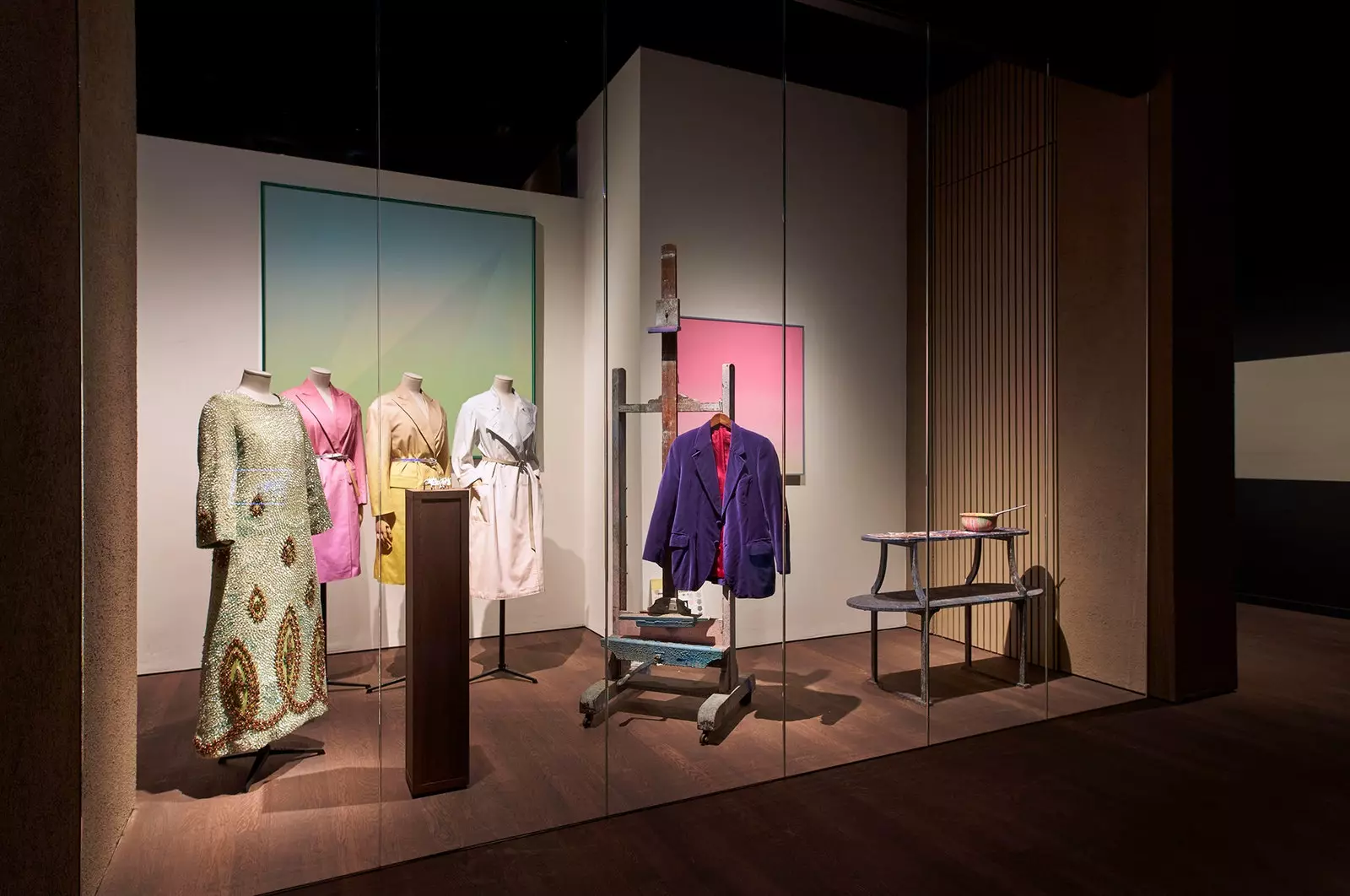
After three years closed, the MoMu reopens its doors.
After almost three years of waiting and much, much work, the Antwerp Fashion Museum, better known as MoMu, has reopened its doors, loaded with dreams, exhibitions and projects for lovers of fashion and culture in general.
This past weekend (September 4 and 5), the museum has celebrated the reopening and all its novelties with workshops for all ages, emphasizing its role of interaction with the citizen and the visitor.
“The reopening is cause for celebration but, with these times, it is also a good time to reflect”, points out Kaat Debo, director and curator of the MoMu, who explains that the museum is developing "A long-term view of Antwerp as a fashion city and international destination of fashion”.
What novelties are we going to find in the new concept? Although, since 2002, the museum has been betting on important temporary exhibitions –“In general, we work closely with the designers to position fashion in a broad setting that supports the history of the pieces"– , MoMu's extensive collection, comprising some 30,000 objects, has been on display less frequently. "The reason is that, until now, there has been no physical space within the museum to display it. Once the renovations are complete, the history of Belgian fashion can be visited permanently, providing our visitors with a deeper look into our own world-renowned fashion history." tells us the director of the MoMu.
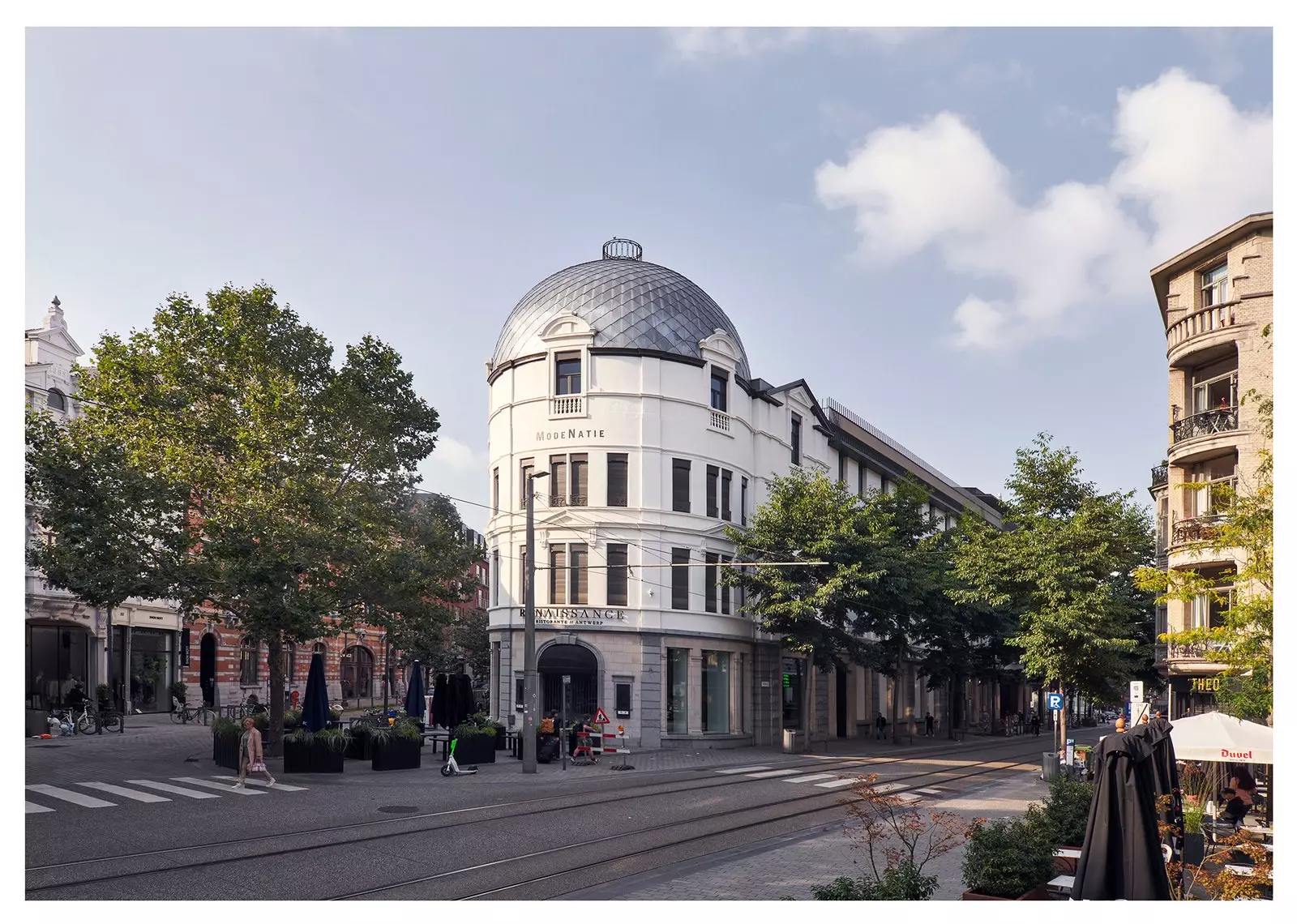
The MoMu aspires to generate cultural life around fashion, inside and outside the museum itself.
In fact, approximately 800 m² of additional exhibition space has been created. “This will ensure that visitors can also enjoy the museum and its permanent collection while thematic exhibits are changing. and that, during peak hours, we can simultaneously show three fashion stories different in the total 2,000 m²”, comments Kaat.
On the other hand, renewal brings a new café, a store (where you can find merchandising made in collaboration with local firms) and an auditorium. “Just as fashion is more than clothes, we also want to be more than a museum. The people need a place where fashion is subject to reflection and criticism. A refuge to calmly observe the philosophy and dynamics behind fashion. And we are very happy and proud to offer this with our new spaces!”, holds the director and curator.
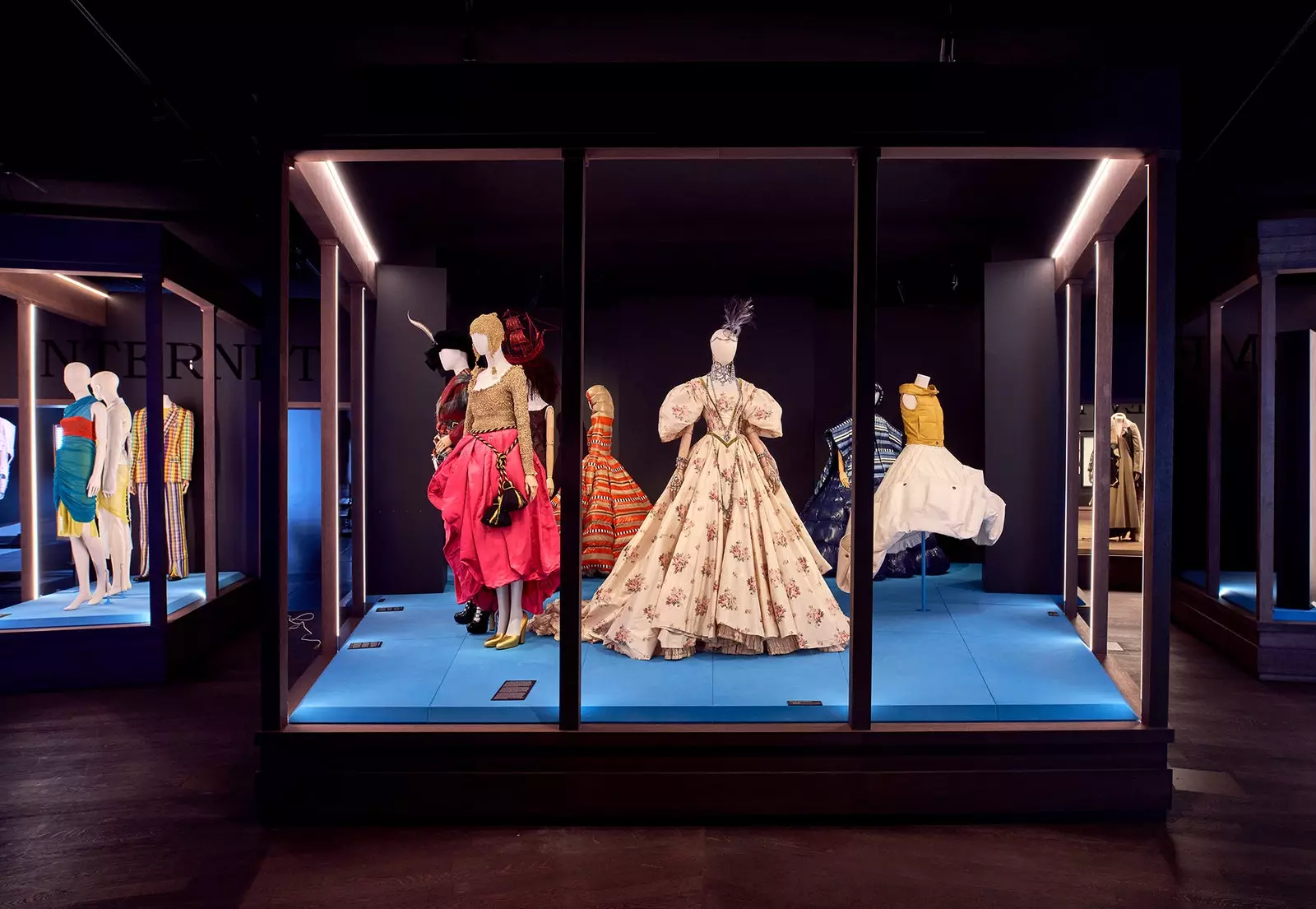
Image from the temporary exhibition E / Motion.
THE FUTURE OF FASHION
During the summer, we have been able to enjoy an aperitif of the new initiatives of the museum, thanks to the Fashion Balls itinerant open-air exhibition, which will continue in different parts of the city in the coming months. But the starting signal for the new MoMu programming is given by a temporary exhibition, E / Motion (until January 23, 2022), which explores the role of fashion today. How much has the industry changed (or will it change) with the pandemic? “That is precisely what the title refers to, a play on words about emotion and movement,” Debo tells us. For example, designers continue to explore ways to present their collections in a creative way. Some do it better than others. Do they have a choice? Not really. To survive it is necessary to be able to adapt and face change. On the other hand, I also think many of them have discovered the advantages of a virtual parade and they will continue down a hybrid path.”
The Belgian contribution to the fashion industry is undeniable and, without a doubt, the country will continue to play an important role in the future of the industry. The Antwerp Six – the famous group of designers made up of Dirk Bikkembergs, Ann Demeulemeester, Walter Van Beirendonck, Dries van Noten, Dirk Van Saene, and Marina Yee– and the Fashion Department of the Royal Academy of Fine Arts Antwerp have already made 'Antwerp' and 'Belgian' an international quality label since the 1980s. "While the big names continue to develop their reputation, young talents, along with the wider Belgian fashion community, are causing quite a stir in the industry," says Debo.
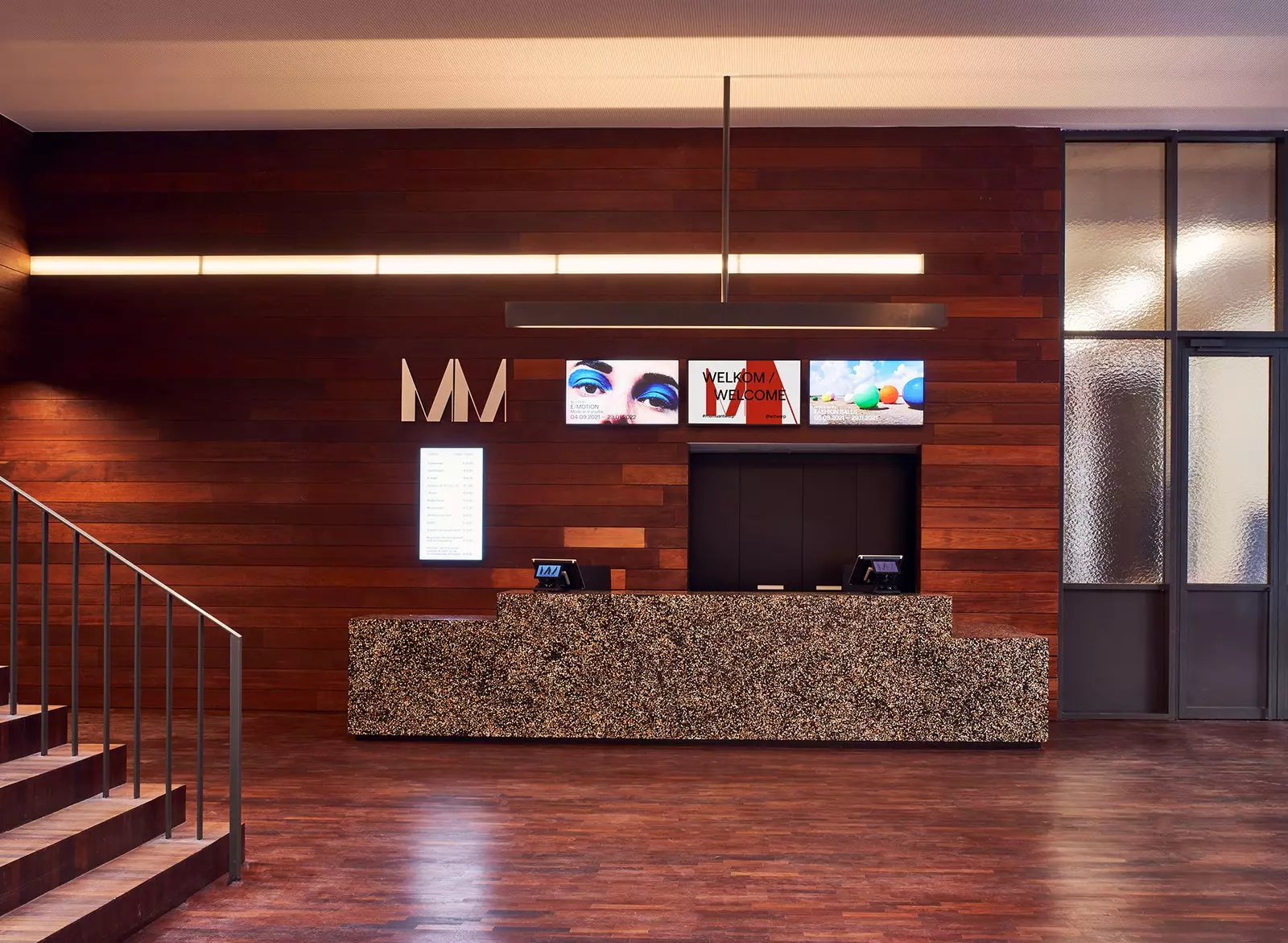
The MoMu will also welcome fashion students and will be an informative meeting point.
“Antwerp fashion is definitely very original, which attracts worldwide attention. The city is and continues to be, now more than ever, an experimental laboratory for fashion, that provokes a creative diaspora that extends from Antwerp, through Flanders, to the rest of Belgium and far beyond”, emphasizes Kaat.
Another temporary exhibition is scheduled, P.LACE.ES, from September 25 to January 2, 2022, illustrating the important role that the city played in the production and trade of lace.
ATTRACT A DIFFERENT TOURISM
Among the new corners that we can find in the museum, there is the expansion of the library, with infrastructure for the museum's study collection, so that, in addition to reading books and magazines, visitors will also be able to study and manipulate some pieces, ranging from historical to contemporary and ethnic clothing, but also fragments and samples of textiles. Together with academic research, they will be used as teaching material for schools. "We believe that direct contact with materials and techniques can be very educational," Debo points out.
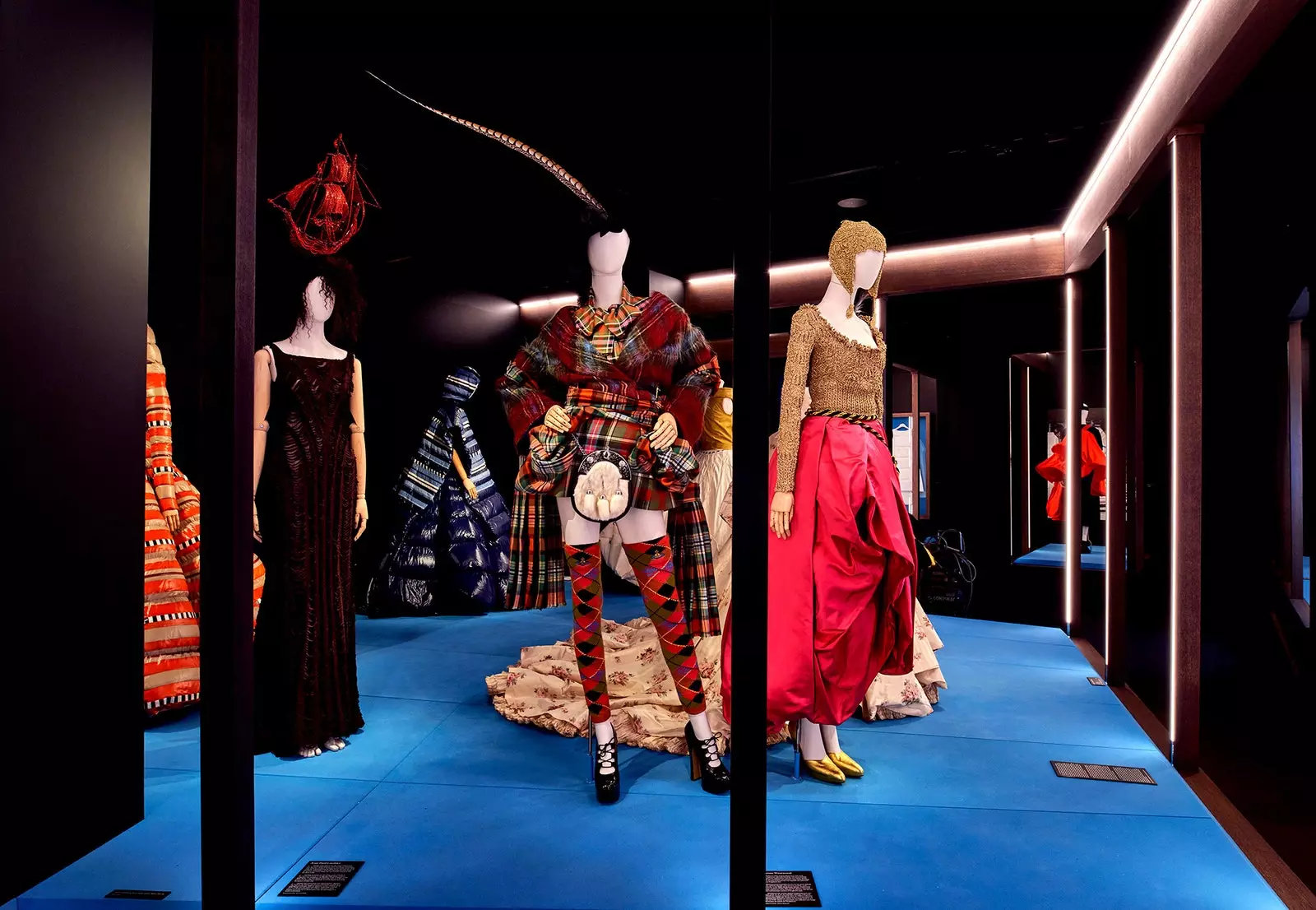
Installation of the temporary exhibition E / Motion, at the MoMu.
Presumably, this renovated museum and the activity that is generated around it they will constitute a good incentive for a different type of tourism. "I hope so," the director replies. To make this project work, we work with different partners such as Visit Flanders, the city itself, the Antwerp Fashion Department (with a city wardrobe project) and Flanders DC (with a retail project). We want the whole city to breathe fashion. Even casual passers-by won't miss the trend. A study from the University of Antwerp shows that tourists whose interest is fashion generate a higher economic return. They don't just spend money on a ticket to a museum, but also in shopping, restaurants, drinks and hotels. The importance of our reopening in reviving the tourism sector cannot be underestimated.”
